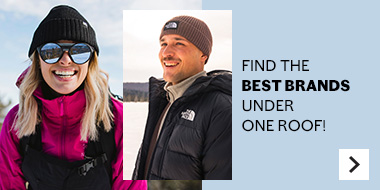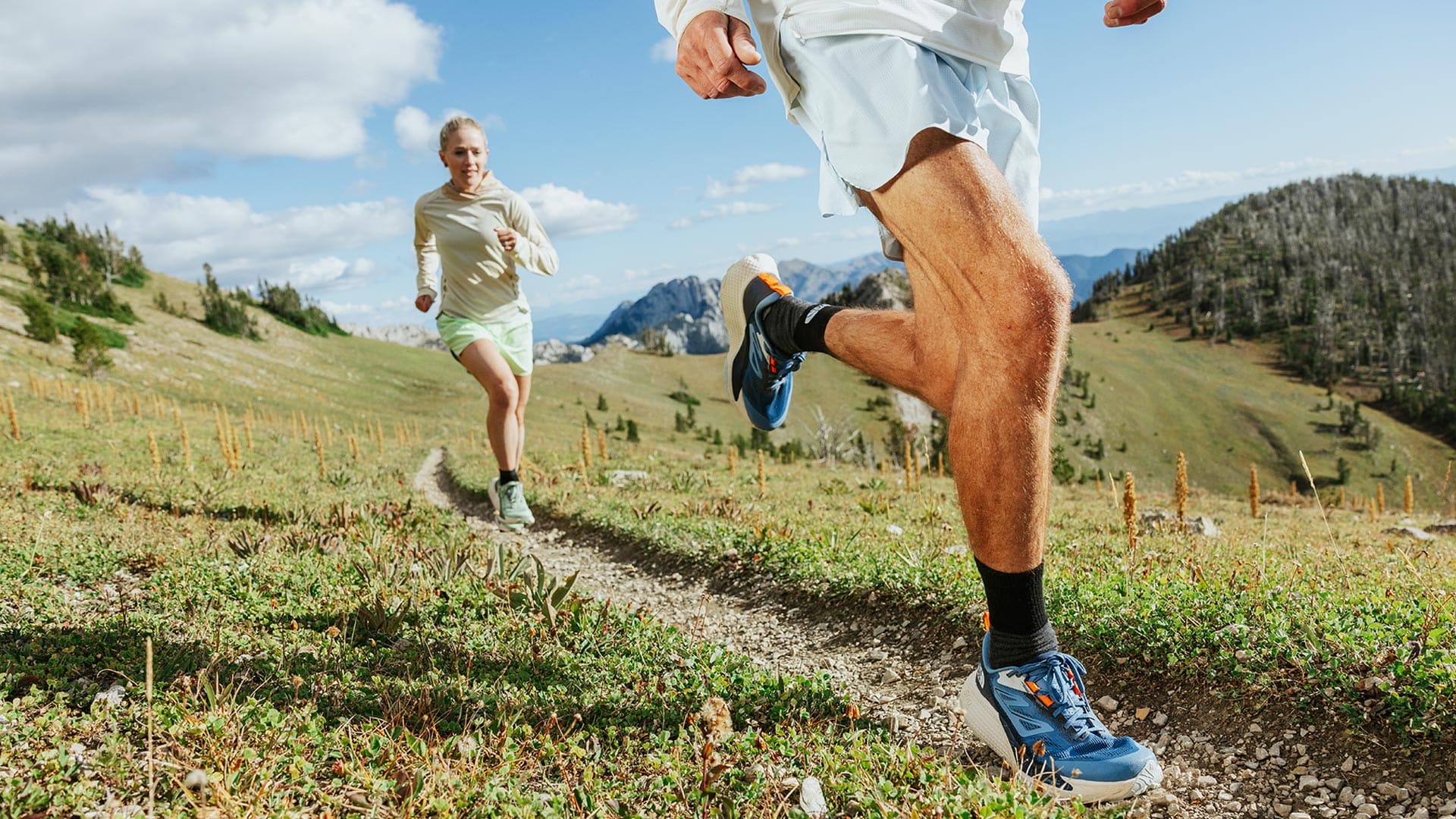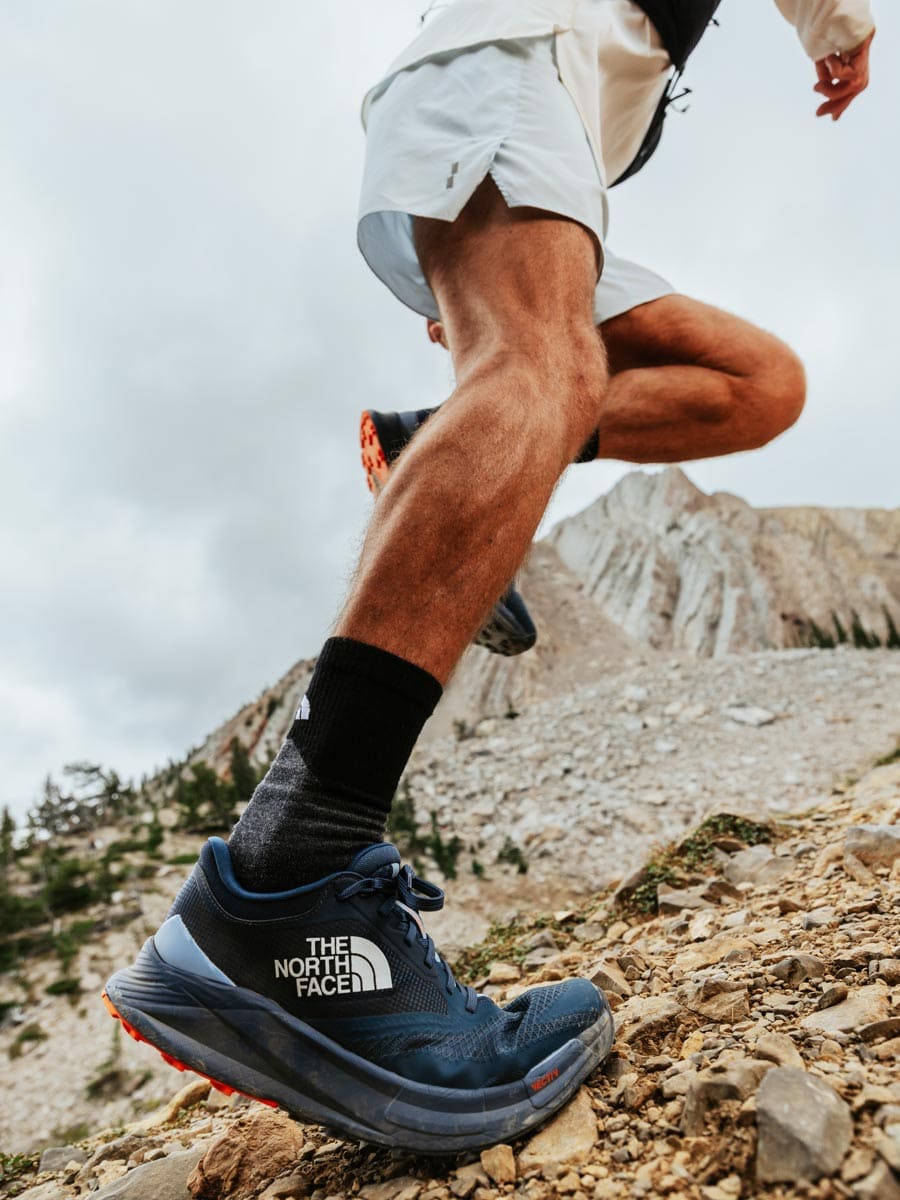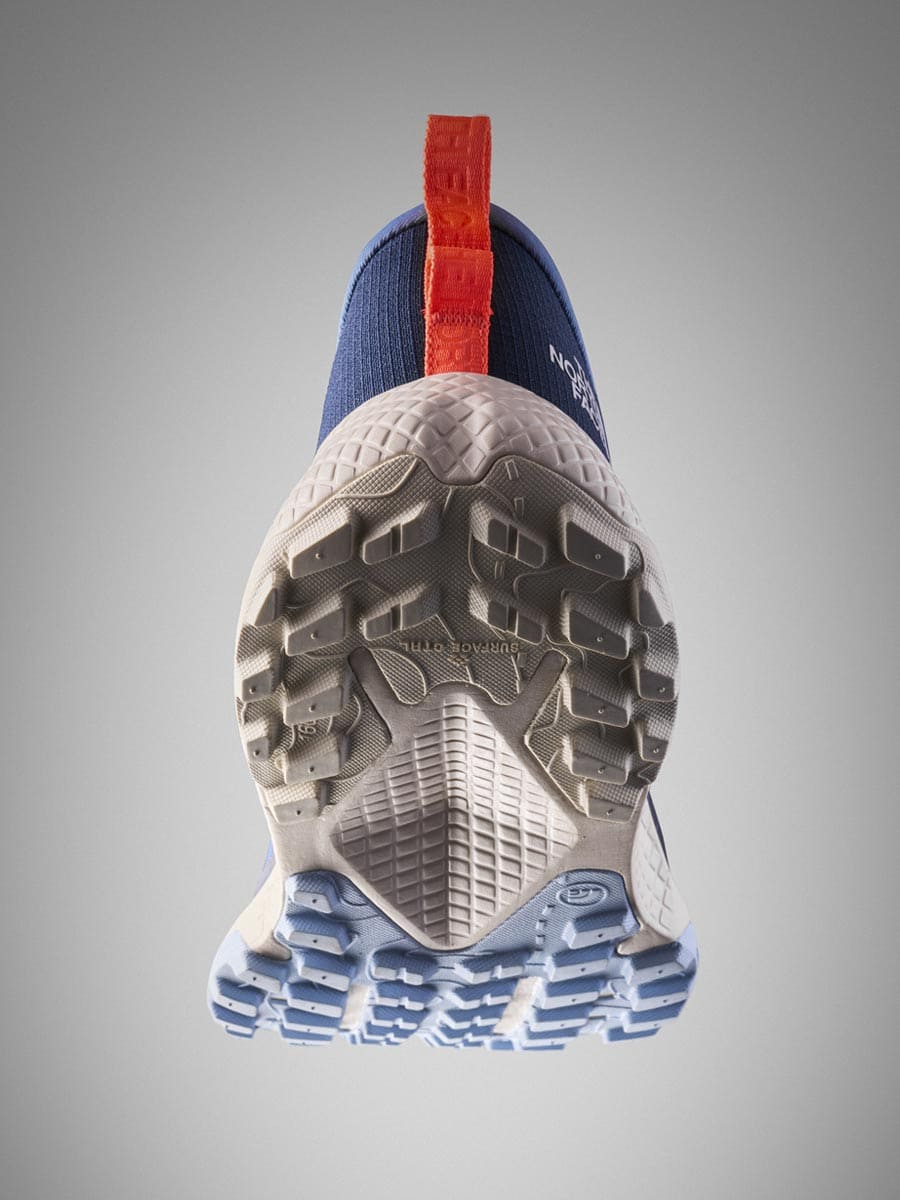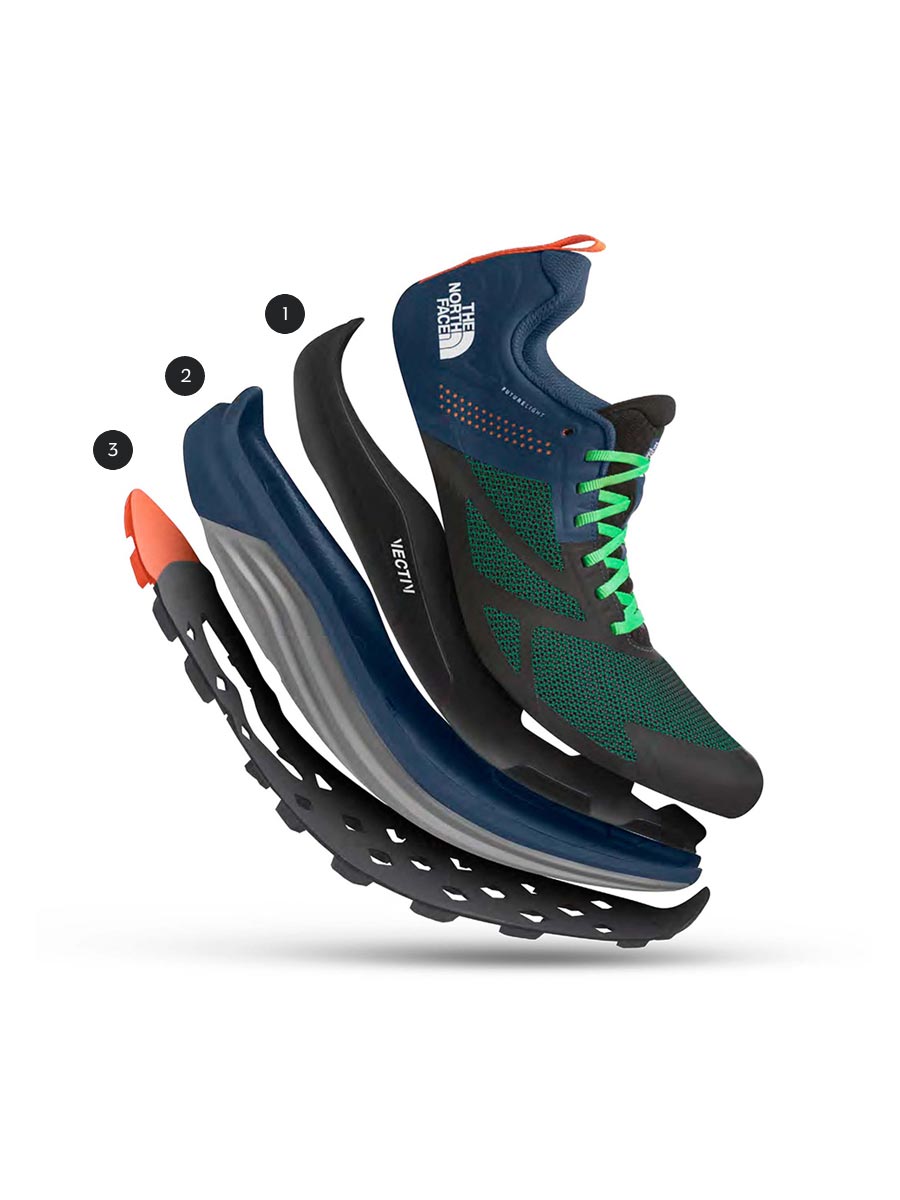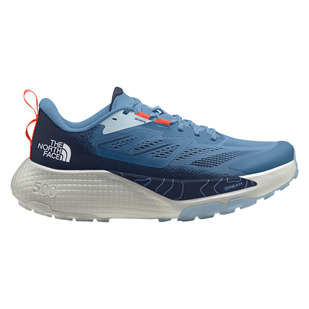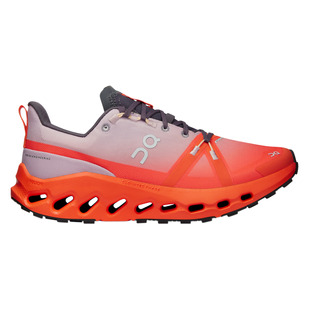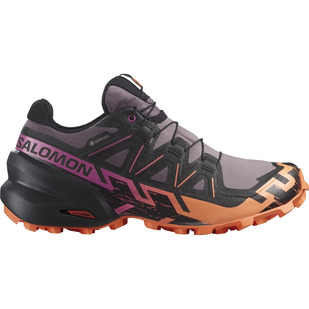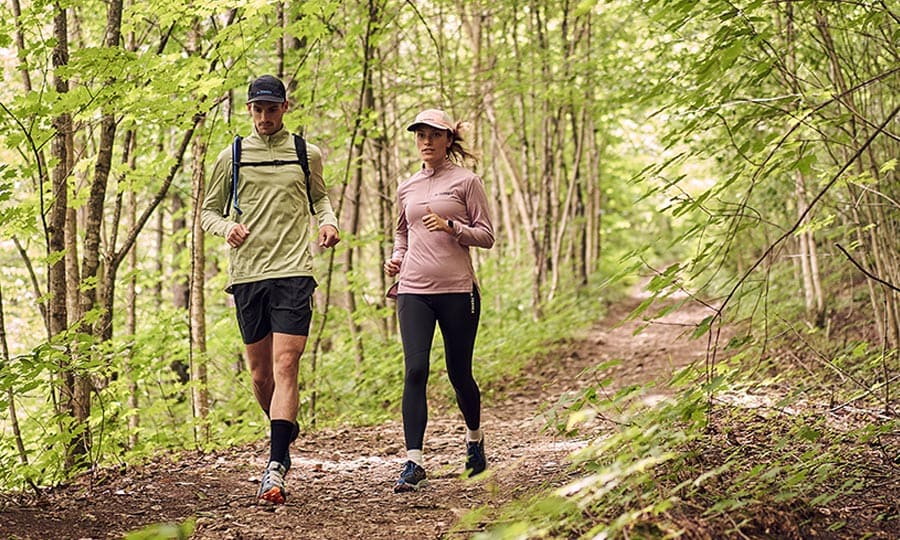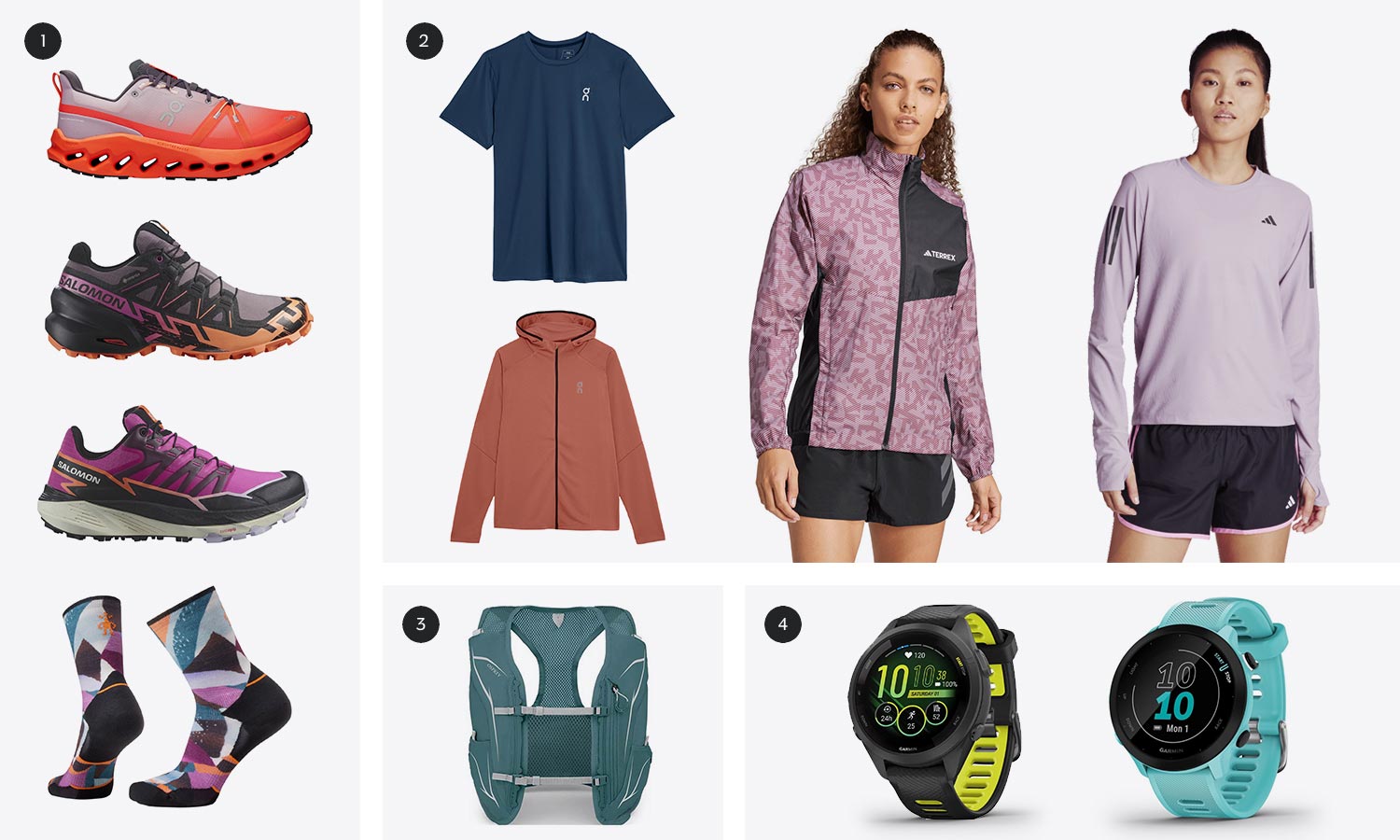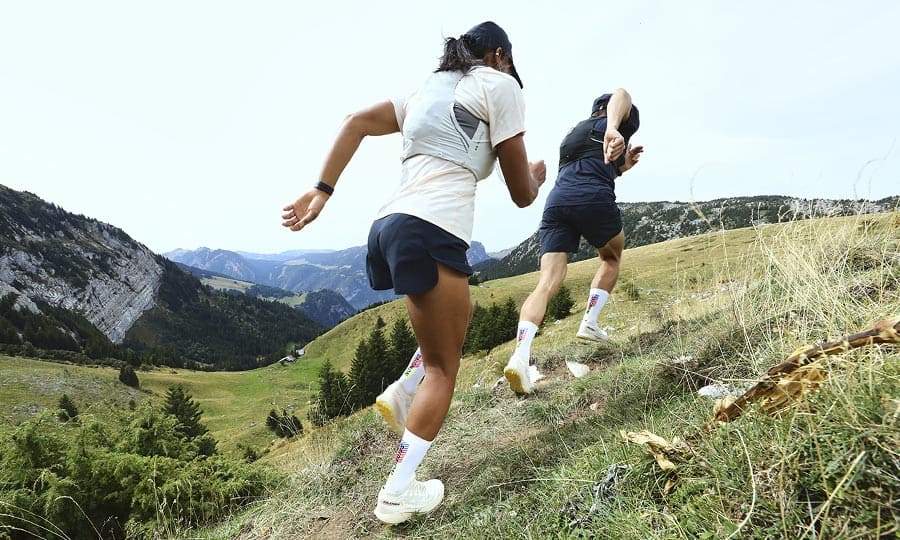4. Adapt your running technique
Trail running is all about the adventure, while performance is secondary.
Listen to your body and read the environment as you move through it, accelerating and slowing down according to your abilities and the terrain. Pay attention to progressing at a reasonable rate, in both effort and practice.
Here are some tips to start out:
- Warm up before you hit the trails! To prevent injuries, start with a quick walk.
- Modify your stride to suit the terrain you take.
- Be careful on the descents, they can be slippery. The goal is not to get hurt. Establish a good position: stabilize your centre of gravity and take smaller steps to maintain control.
- Take the ascents at your own pace. If you run full out going uphill, you risk exhausting yourself too quickly. It is better to walk, keeping a high pace of steps per minute, then start running again when you get to the top.










